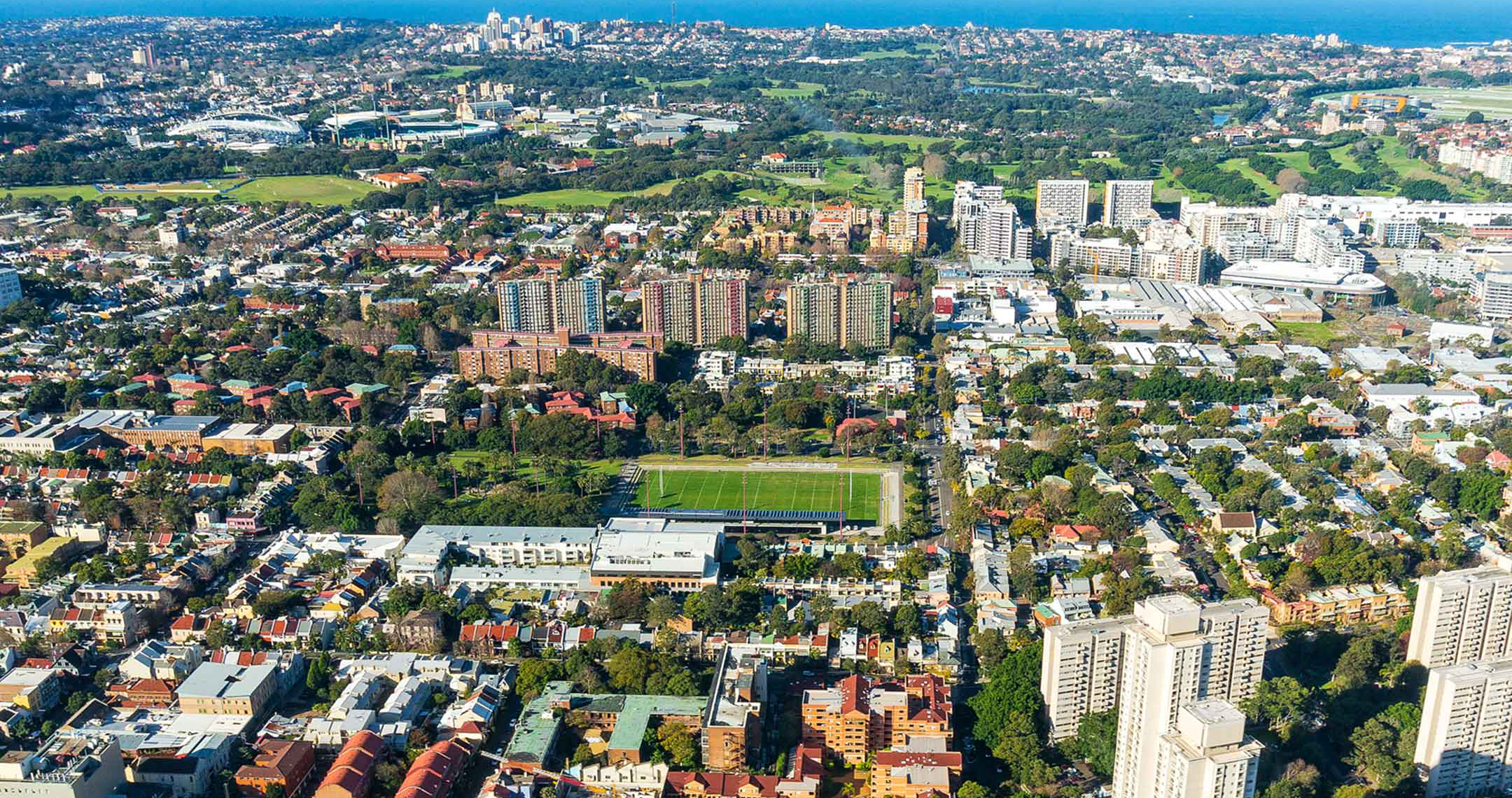Property management metrics for your rent roll | Kolmeo

The common saying on managing anything in business is that you can only manage what you can measure. Metrics for your business are important so that you know how you're tracking. By knowing exactly where your clients and properties are at, you will gain a deeper understanding of what steps and actions you need to take to elevate your business to the next level.
Keeping an eye on your metrics or key performance indicators (KPIs) also allows for higher team engagement and collaboration. When you and your team know what you’re doing for the week or month, increases in productivity and engagement come as a result. Being specific with tasks and leading with direction backed by statistics is a powerful way to ensure your team is staying updated with the current property landscape.
Measuring KPIs in your property management business will make much easier to keep tabs on visibility on your performance that you should know in order to elevate your company to the next level.
In order to grow your client base and target specific goals, we have compiled a list of key metrics that every property management agency consider tracking regularly. Whether you’re looking to grow or optimise your rent roll, here are some metrics that you and your team can keep an eye on.
Starting off with the basics
Vacancy rates
Vacancy rate is the percentage of properties in your portfolio that are currently vacant. There are no tenants currently living in the property so it is considered vacant, either while you're trying to find new tenants or the owner needs to take it off market temporarily to do some works.
The vacancy rate is important to measure as it tells you how many of your properties are not currently producing an income for your property investors. And due to this, they won't be generating a fee for you as manager during this time. The vacancy rate can be an indicator of how competitive the market is, how many properties are currently available for the same market of tenants, as well as your specific property in comparison to those properties. It can also tell you how effective your property marketing is and whether that might need improving.
Total properties under management
Total properties under management is simply the number of properties you manage as a business. The size of your portfolio tracked monthly over time is an important metric for your business.
If you're seeing month on month growth, this is a good indicator for your business. It could mean that you're providing a great service that your customers are advocating for, or marketing campaigns for your agency are paying off with solid brand awareness.
It could also be an indicator that you're recruiting well and have a great team that's servicing customers well. A monthly growth in total properties under management and the speed in which you are growing should get you thinking about when to recruit new team members and what extra systems and processes you should put in place.
Total property value
Having the latest sales appraisal information for each of your properties let's you understand the value of the properties you're working with and calculate the rental yield your owners are currently receiving for their investment. It allows you and your team to have different conversations with owners about their property, particularly when it comes to doing maintenance work that will increase the value of their property for both attracting new tenants and just increasing their equity over time.
Further metrics to go above and beyond
The mix of properties
Now that you've got your basic rent roll metrics, you can go a step further to understand the composition of your rent roll.
You can split your properties up and understand the percentage of them that are available in different suburbs and locations. But you can also categorise them into different property types – houses, townhouses, apartments, studios. What percentage of each makes up your total rent roll? Understanding your current mix might help you understand if you currently cater to all tenant needs or just a subset.
This information is also helpful to show whether you have a specialty that you can position your business on whether you cover a complete mix of rental property types. If you have any gap for a property type in a particular geographic area, you might decide to focus on finding more rentals to address this.
Maintenance
As part of property management, there's a stack of maintenance work you'll perform for individual properties. What about looking at maintenance as an overall metric or series of metrics for your rent roll as a whole? There are different wants to create an overall maintenance KPI for your business. You could look at the percentage of properties that required any maintenance in a period of time, say monthly or quarterly. You could also give each property a maintenance score that drives one overall maintenance metric for your rent roll.
A maintenance metric is a good indicator for you to understand the health of your rent roll for both owners and tenants. For tenants, it will tell you how likely you are to have to support maintenance work over the coming period, with the extra communications that go along with that and list of suppliers you need to work with. For owners, this metric will tell you the types of conversations you may need to train your team to support as well as any information you can prepare for owners on financing future maintenance works.
A maintenance metric could also be an indication of your agency's brand reputation out in the market. If a high percentage of your properties need a lot of maintenance and you're KPIs tell you there's a lot of work to be done, it will no doubt affect your agency's reputation and brand. A positive effect if you manage maintenance speedily and well, but less positively if it's not a smooth process.
Neighbourhood
Finally, why not add a layer of metrics and KPIs to look at the neighbourhood of your properties. If you operate in one geographic location or many locations, get yourself some insights to understand the residential area and geographic location surrounding your properties. These insights will help you understand your target demographic when it comes to promoting to new potential tenants. Similar to your property mix metrics mentioned earlier, you might find you have great coverage with lots of diverse neighbourhoods, or you might find you're only covering a specific market with opportunities to cover more.
To get a neighbourhood metric, you can consider factors such as proximity to public transport, school zones, shopping centres and freeways. You can also add factors like what demographics of people currently live in the areas you service. And finally add an element of local infrastructure projects, like any major infrastructure works that might impact tenants and owners over time.
This metric can be adjusted to suit any area so simply pick some neighbourhood factors and add this to your rent roll KPIs that will change over time.
Including these additional statistics can increase insight on why your properties aren’t doing as well as you expected, leading to change and bringing overall improvements to your rent roll.
Get tracking
Metrics can be overwhelming. With so many metrics available, it's important to pick some and start tracking rather than perfect them all. Pick a few that will help you drive success for your business and help focus your team for the year ahead.
Set some targets to help you shift the numbers you're seeing and get some wins on the board.
Knowing which of these metrics need to take your focus for your goals this year is vital as to how you and your team will perform in the long run. Once you set a target, and match the right KPIs to track in order to see progress in these goals, we hope that your business will be seeing a boost in overall performance.


